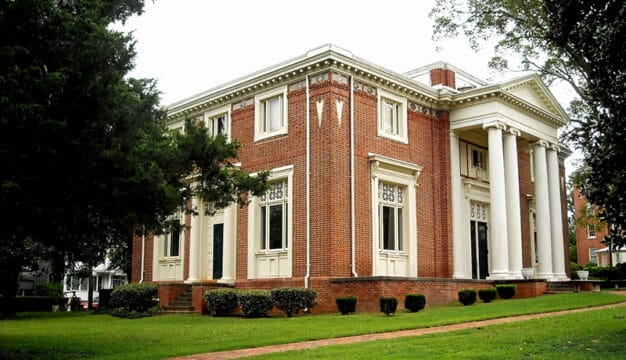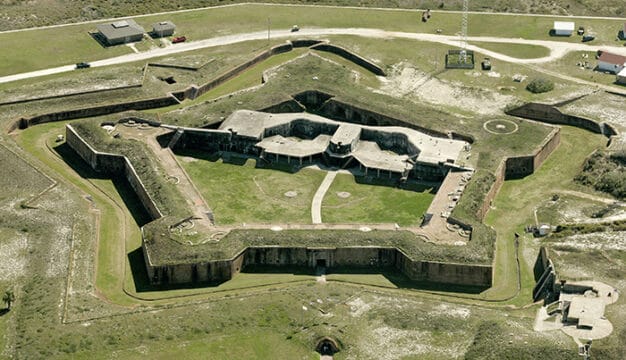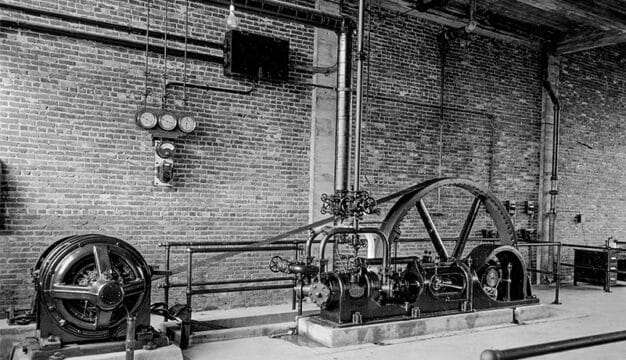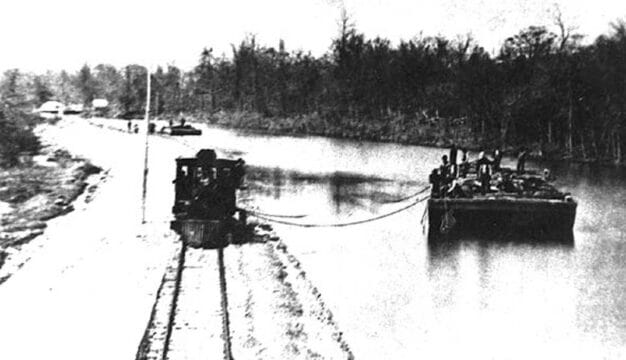Mary Lee Cagle
Alabama-born Mary Lee Cagle (1864-1955) was the central figure in a large circle of southern female holiness preachers and a co-founder of the Church of the Nazarene. Although congregations she established in her home state were not long-standing, she was a significant force behind the church’s expansion in the South and Southwest.
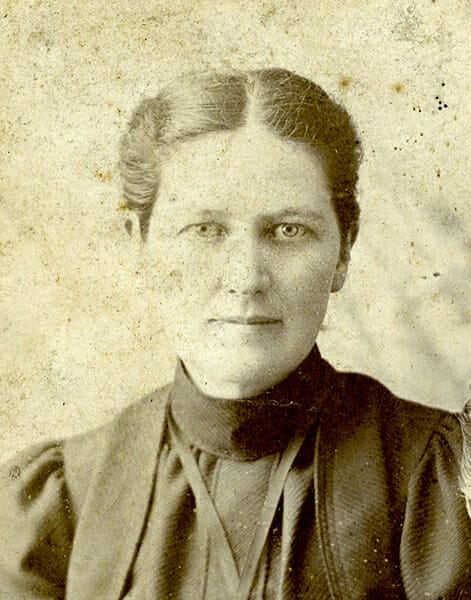 Mary Lee Cagle
Cagle was born Mary Lee Wasson on September 21, 1864, near Moulton in Lawrence County, the daughter of farmers John and Nancy Wasson. Raised a Methodist, she had an early conversion experience, but her enthusiasm cooled until she recommitted herself to the Christian faith at age 15. As a child, Cagle desired to become a missionary, but her mother discouraged it. After recommitting herself, she aspired to become a preacher, which at that time was a far more radical path for a woman. Her family united in discouraging her ambitions.
Mary Lee Cagle
Cagle was born Mary Lee Wasson on September 21, 1864, near Moulton in Lawrence County, the daughter of farmers John and Nancy Wasson. Raised a Methodist, she had an early conversion experience, but her enthusiasm cooled until she recommitted herself to the Christian faith at age 15. As a child, Cagle desired to become a missionary, but her mother discouraged it. After recommitting herself, she aspired to become a preacher, which at that time was a far more radical path for a woman. Her family united in discouraging her ambitions.
For a time, Cagle acquiesced to her family’s wishes and taught in area schools. In 1891, she married Robert Lee Harris, a Texas revivalist who had lived in Alabama as a child. Harris was a preacher in the Methodist Episcopal Church, South. Mary, who had never been outside Lawrence County until her marriage, travelled with Harris to the major southern cities; she also learned the art of being an evangelist from him. In 1894, Harris broke with the Methodist church and in Milan, Tennessee, launched a new holiness denomination known as the New Testament Church of Christ. He died of tuberculosis a few months later, leaving behind his wife, a single congregation, a church Discipline (its book of beliefs and procedures), and a band of devoted followers.
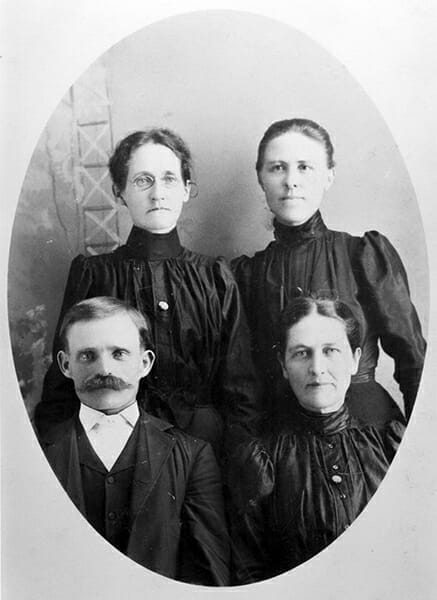 Holiness Leadership
The survival and expansion of the group depended largely on three women: Mary Lee Harris, Donie Mitchum, and Elliott J. Sheeks. Mitchum and Sheeks were both wives of local businessmen. Together, the three women organized new churches in Tennessee and Arkansas. In 1895, Cagle also organized the first congregations in Texas near Abilene. In 1899, she and Sheeks were ordained as ministers at the first denominational council held in Milan. That year, she established her permanent home in Buffalo Gap, Texas, near Abilene. As pastor, evangelist, and superintendent, she oversaw a growing network of congregations. In August 1900, 1,000 witnesses gathered at the Buffalo Gap Camp Ground when she married H. C. Cagle, a cowhand who was converted and became a preacher under her ministry.
Holiness Leadership
The survival and expansion of the group depended largely on three women: Mary Lee Harris, Donie Mitchum, and Elliott J. Sheeks. Mitchum and Sheeks were both wives of local businessmen. Together, the three women organized new churches in Tennessee and Arkansas. In 1895, Cagle also organized the first congregations in Texas near Abilene. In 1899, she and Sheeks were ordained as ministers at the first denominational council held in Milan. That year, she established her permanent home in Buffalo Gap, Texas, near Abilene. As pastor, evangelist, and superintendent, she oversaw a growing network of congregations. In August 1900, 1,000 witnesses gathered at the Buffalo Gap Camp Ground when she married H. C. Cagle, a cowhand who was converted and became a preacher under her ministry.
Cagle convened the first annual meeting of the Texas Council of the New Testament Church of Christ in 1902; her continuing influence in the Eastern Council (the Tennessee and Arkansas churches) helped tied the group’s two branches together. In 1904, she helped create the Holiness Church of Christ (HCC) by leading her organization into union with the Independent Holiness Church, which had churches in east Texas and the Oklahoma Territory. In 1908, the HCC merged with holiness denominations from the east and west coasts to form the present-day Church of the Nazarene.
After 1908, her churches in west Texas were the nucleus of the Abilene (now West Texas) District of the Church of the Nazarene. Mary and H. C. Cagle organized many new churches and were recognized widely as district leaders. Mary Cagle was the lead pastor when Lubbock First Church of the Nazarene was founded in 1909. She also was instrumental in founding Abilene First Church. An editor referred to her as “the Mother of Holiness in West Texas.”
The Cagles conducted revivals and organized churches in New Mexico, Arizona, and Wyoming. Mary Cagle organized at least 28 congregations of record. She served in the elected position of District Evangelist for the New Mexico and Abilene Districts and always chaired one or more district committees. Through 1928, she was always elected a ministerial delegate to her denomination’s General Assembly; she was usually the first clergyperson elected to the delegation.
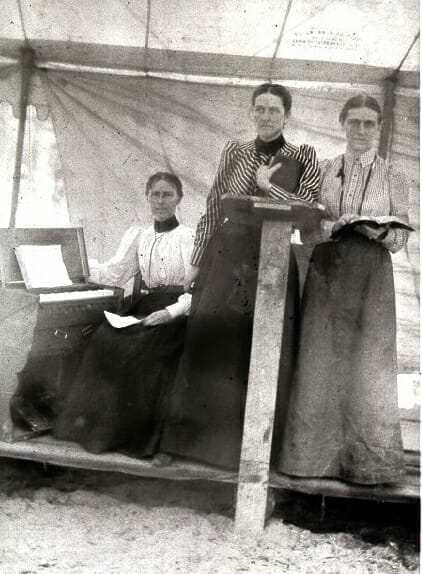 Mary Lee Cagle at a Tent Revival
Cagle returned nearly every year to Alabama to visit and preach. She organized three New Testament Church of Christ congregations, probably in the vicinity of Moulton and Landersville, early in her ministry, although none of these survived for very long. The Life and Work of Mary Lee Cagle (originally published in 1928), her autobiography, records several stories about her ministry in Alabama and notes that she accepted invitations to preach in black churches near her childhood home. Family members were initially embarrassed by her public ministry and willingness to cross racial lines, but they eventually came to support her work. Alabama’s conservative social order, however, clearly restricted her, whereas the socially fluid culture of west Texas gave her the freedom to carve out an unconventional career. With evident pride, her autobiography notes that her physician in Abilene also was a woman. She preached her final sermon on her 90th birthday, blind and supported by aids on either side. She died on March 27, 1955, and is buried in Buffalo Gap.
Mary Lee Cagle at a Tent Revival
Cagle returned nearly every year to Alabama to visit and preach. She organized three New Testament Church of Christ congregations, probably in the vicinity of Moulton and Landersville, early in her ministry, although none of these survived for very long. The Life and Work of Mary Lee Cagle (originally published in 1928), her autobiography, records several stories about her ministry in Alabama and notes that she accepted invitations to preach in black churches near her childhood home. Family members were initially embarrassed by her public ministry and willingness to cross racial lines, but they eventually came to support her work. Alabama’s conservative social order, however, clearly restricted her, whereas the socially fluid culture of west Texas gave her the freedom to carve out an unconventional career. With evident pride, her autobiography notes that her physician in Abilene also was a woman. She preached her final sermon on her 90th birthday, blind and supported by aids on either side. She died on March 27, 1955, and is buried in Buffalo Gap.
The church building erected under her direction in Buffalo Gap is now part of the Buffalo Gap Historic Village, a cultural heritage site near Abilene. Women’s studies and holiness studies have brought new attention to her life and work, which has been noted in many recent books, including Edward Ayer’s The Promise of the New South. Her life in Alabama was featured in the Alabama Center for Public Television’s 2003 documentary film, Rebels in the Pulpit.
Additional Resources
Ayers, Edward. The Promise of the New South: Life after Reconstruction. New York: Oxford University Press, 1992.
Cagle, Mary Lee. The Life and Work of Mary Lee Cagle. Oklahoma City, Ok.: Charles Edwin Jones Publishing, 2002.
